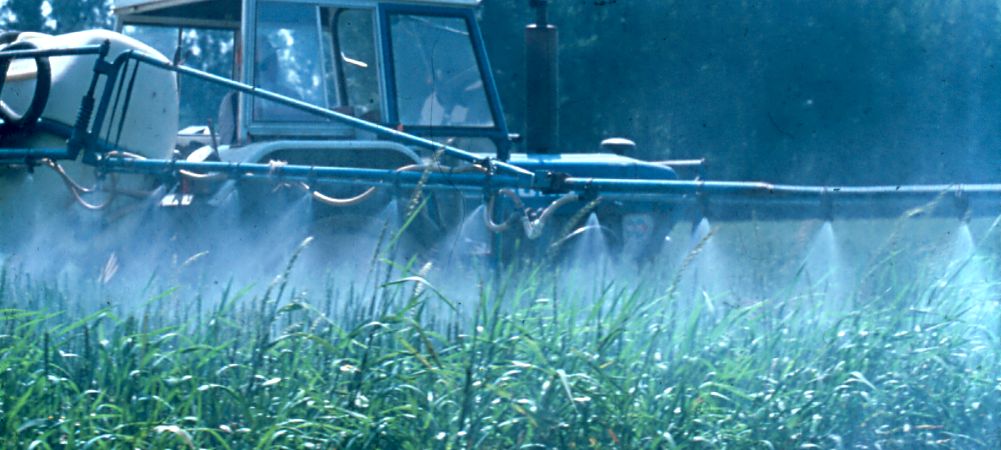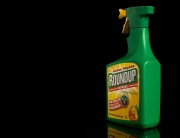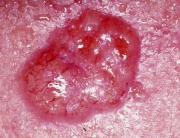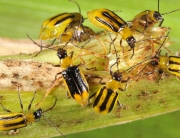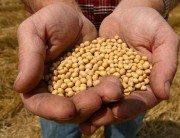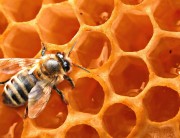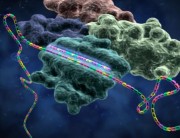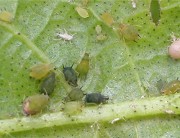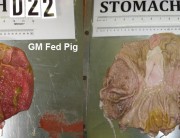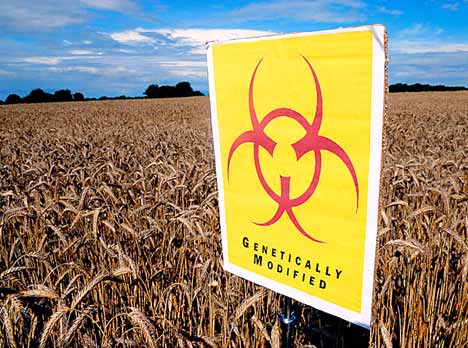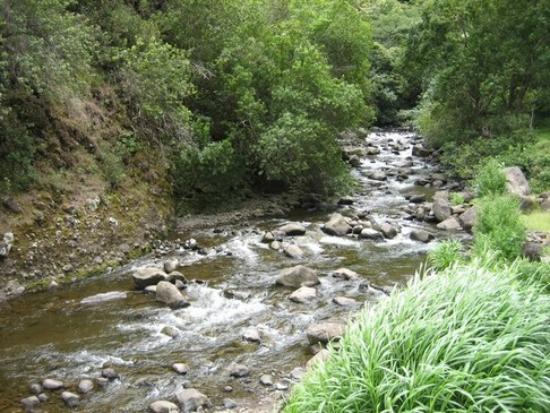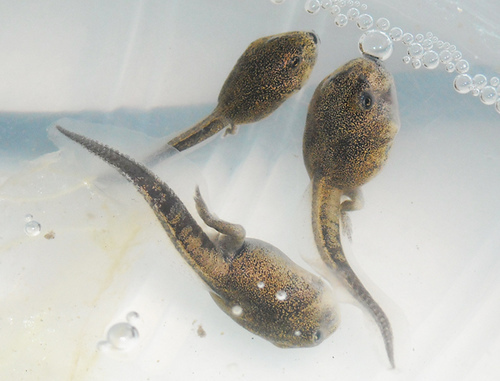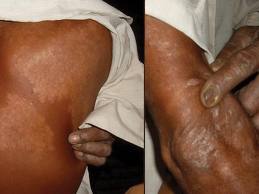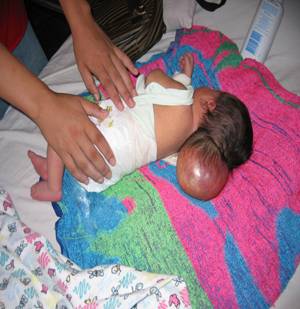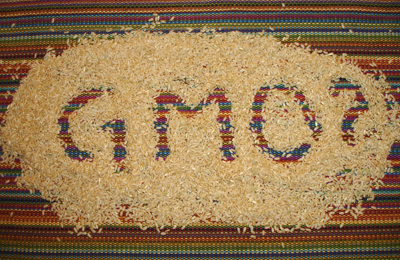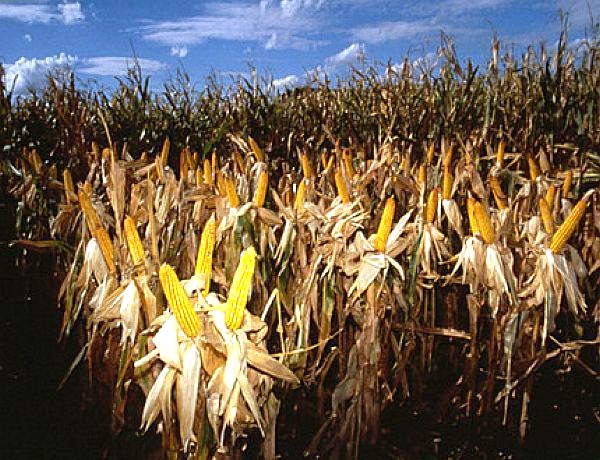University of Canterbury researchers have found that the biotechnologies used in north American staple crop production are lowering yields and increasing pesticide use compared to western Europe.
Find Full Paper Here: sustainablepulse.com
Sustainability and innovation in staple crop production in the US Midwest
Authors: Jack A. Heinemann, Melanie Massaro, Dorien S. Coray, Sarah Zanon Agapito-Tenfen & Jiajun Dale Wen
Abstract
An agroecosystem is constrained by environmental possibility and social choices, mainly in the form of government policies. To be sustainable, an agroecosystem requires production systems that are resilient to natural stressors such as disease, pests, drought, wind and salinity, and to human constructed stressors such as economic cycles and trade barriers. The world is becoming increasingly reliant on concentrated exporting agroecosystems for staple crops, and vulnerable to national and local decisions that affect resilience of these production systems. We chronicle the history of the United States staple crop agroecosystem of the Midwest region to determine whether sustainability is part of its design, or could be a likely outcome of existing policies particularly on innovation and intellectual property. Relative to other food secure and exporting countries (e.g. Western Europe), the US agroecosystem is not exceptional in yields or conservative on environmental impact. This has not been a trade-off for sustainability, as annual fluctuations in maize yield alone dwarf the loss of caloric energy from extreme historic blights. We suggest strategies for innovation that are responsive to more stakeholders and build resilience into industrialized staple crop production.





